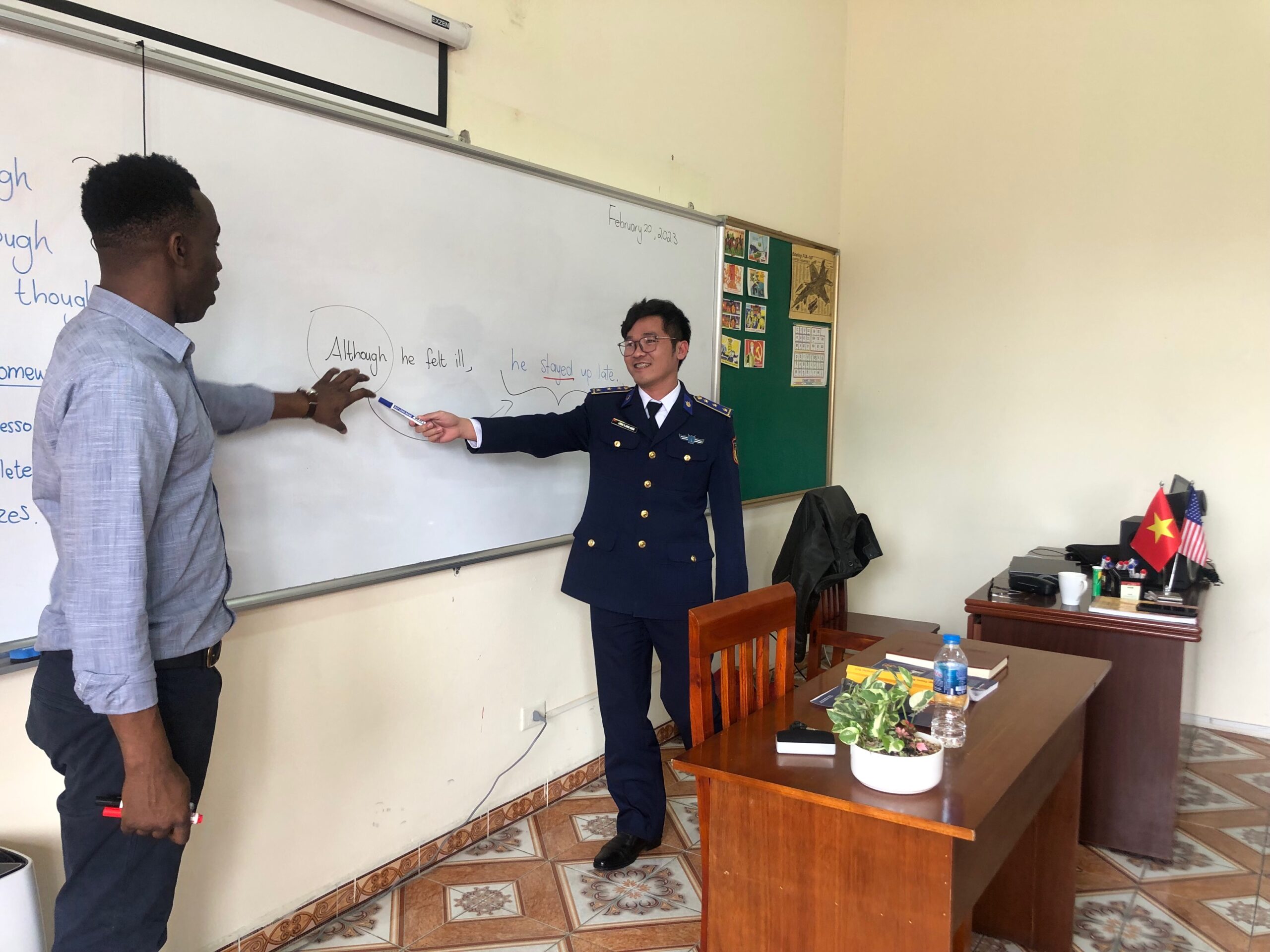Lana Learn instructors at Unit 871 in Hanoi discuss the common interferences among Vietnamese English language learners.
In 1999, UNESCO proclaimed February 21 to be International Mother Language Day in honor of the Bangladeshi Language Movement. This day recognizes that languages and multilingualism can advance inclusion. The Lana Learn team in Vietnam boasts 25 years of combined teaching experience across its four instructors at Unit 871. International Mother Language Day provides us with an opportunity to appreciate some of the difficulties that we frequently witness with Vietnamese English language learners.
1. The Linking Verb
“La” is the Vietnamese equivalent of the English linking verb “be.” In Vietnamese, however, “Ia” is rarely used to connect a subject to its predicative adjective, so Vietnamese language learners have trouble doing this in English.
“I sick.“
“My colleague not happy today.“
2. Use of Articles
Because a, an, and the have no exact equivalents in Vietnamese, Vietnamese English learners are frequently at a loss as to which to use. Because of their uncertainty, they write erroneous English sentences like:
“His dream is to become teacher, not farmer.”
Vietnamese English learners are aware that English speakers occasionally use an indefinite and sometimes definite article, yet this area causes a lot of confusion and leads to the creation of sentences without articles at all.
3. Verb Tenses
When appropriate, Vietnamese grammar can accurately indicate time by putting one of many aspect-marking particles, notably ” đã” (for past simple), ” đang” (for present continuous), and ” sẽ” (for future simple), in front of the main verb.
Vietnamese English learners have trouble conjugating English verbs because of the mismatch of English and Vietnamese verb tense systems. There are 12 verb tenses in the English language, yet Vietnamese only has four: past simple, present simple, present continuous, and future simple.
“We live in Hanoi since 1975.”
4. Subject and Object Pronouns
Subordinate clauses in complex English sentences must have subjects and verbs. However, in similar circumstances, the Vietnamese subordinate clause typically does not call for a subject.
“My brother worked until fainted.”
5. Closing Consonant Sounds
The Vietnamese language has few, if any at all, words with final t, s, or v sounds. Because of this, their ‘mouth-motor’ movements have not been developed to produce these final sounds.
“My child is five years old.”
Identifying and understanding these interferences aids the instructor’s ability to be patient with the learner, since most interferences can be resolved through effective tactical drills. It also fosters a deeper understanding of how to develop stronger differentiated long-term solutions. Stay tuned for part two to learn how we help our students conquer these interferences.

